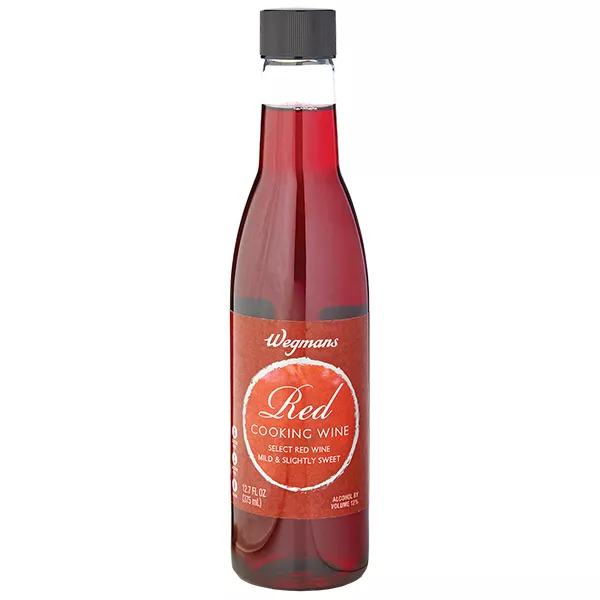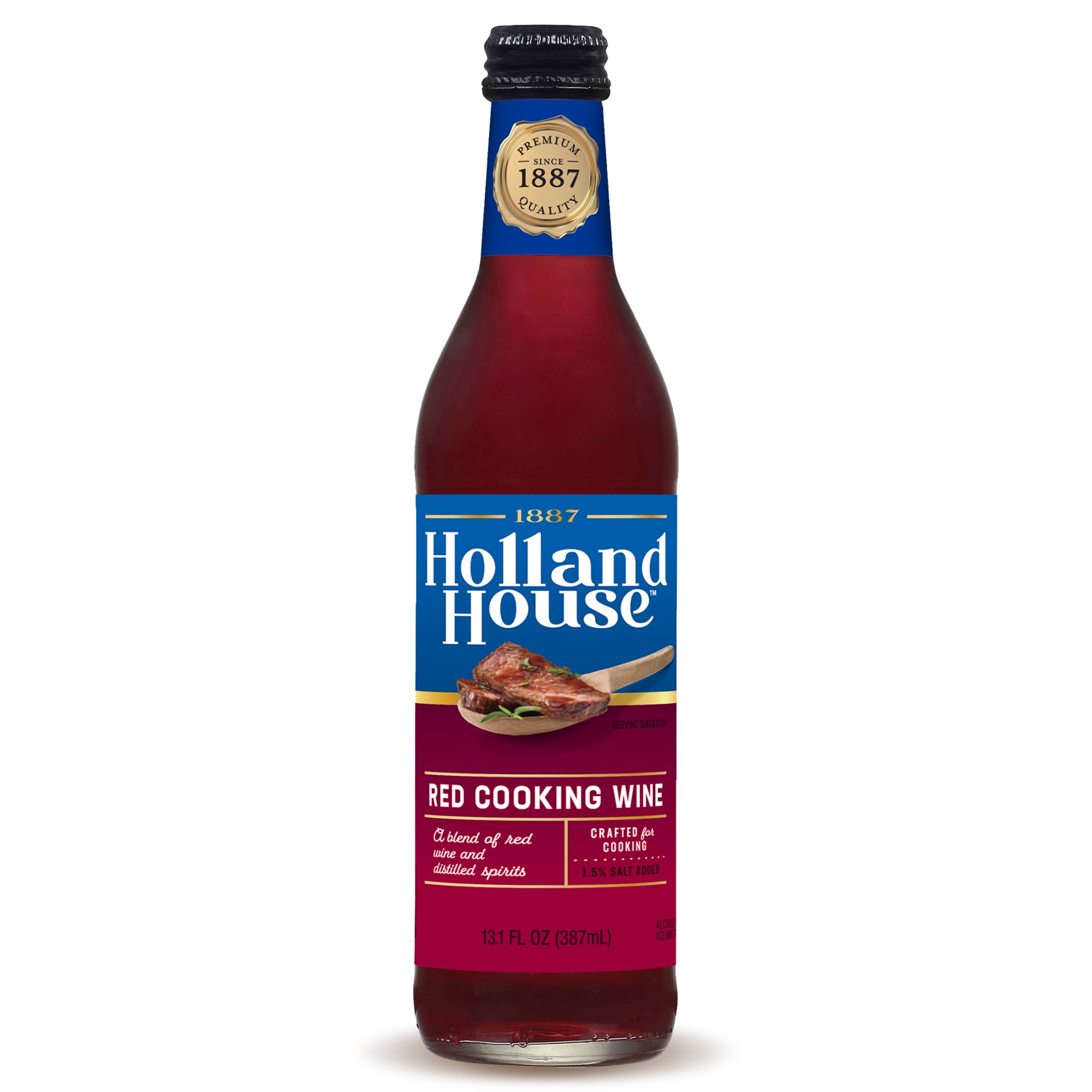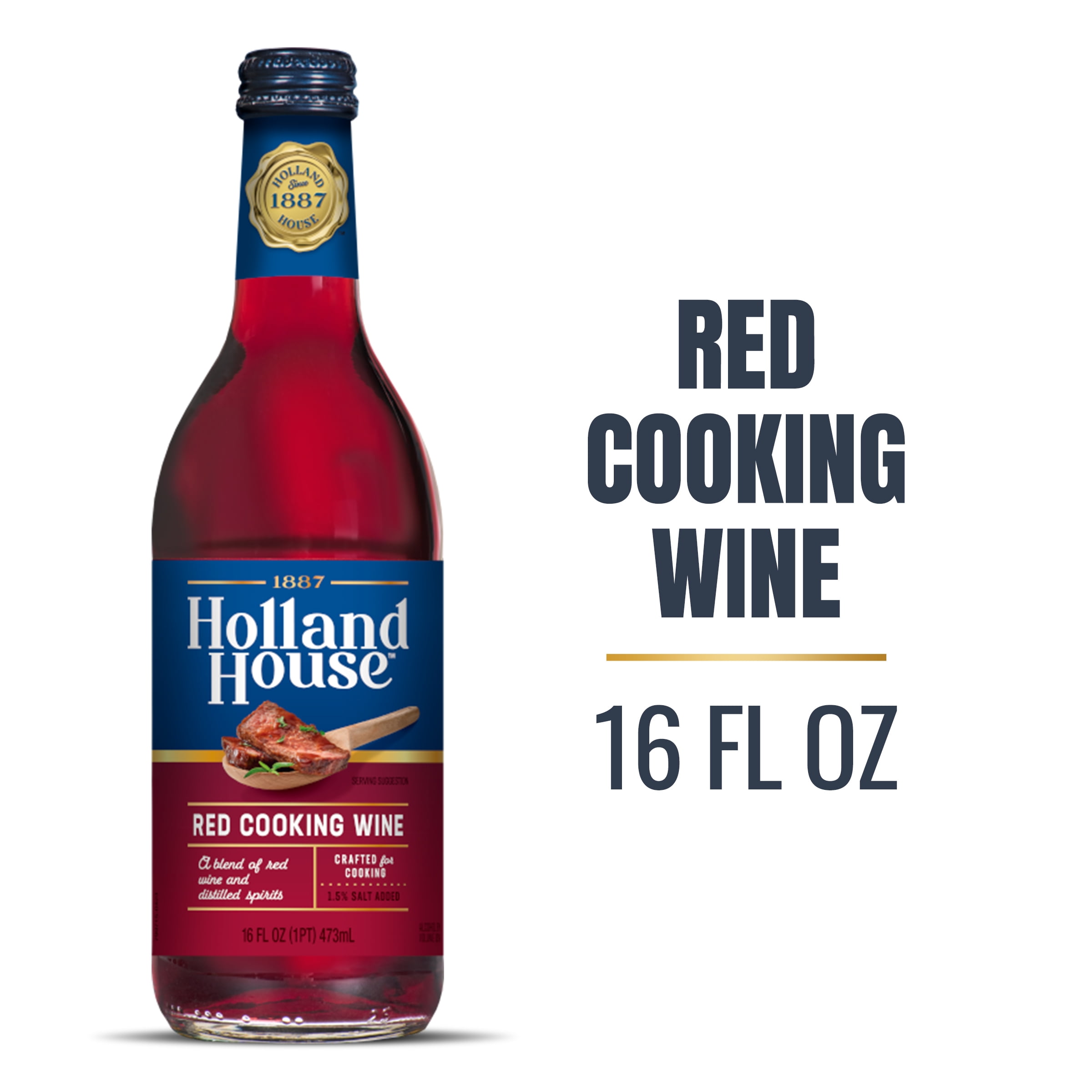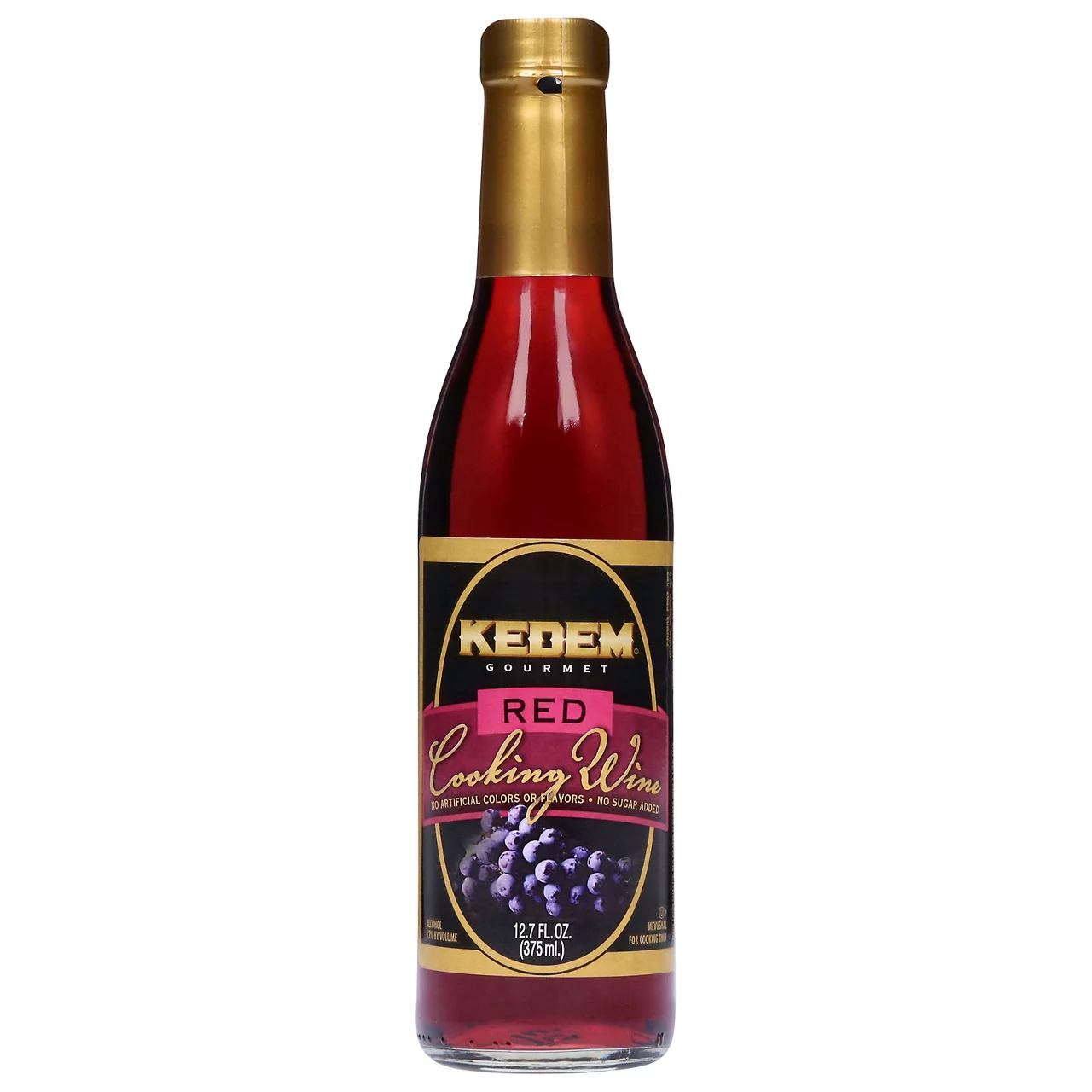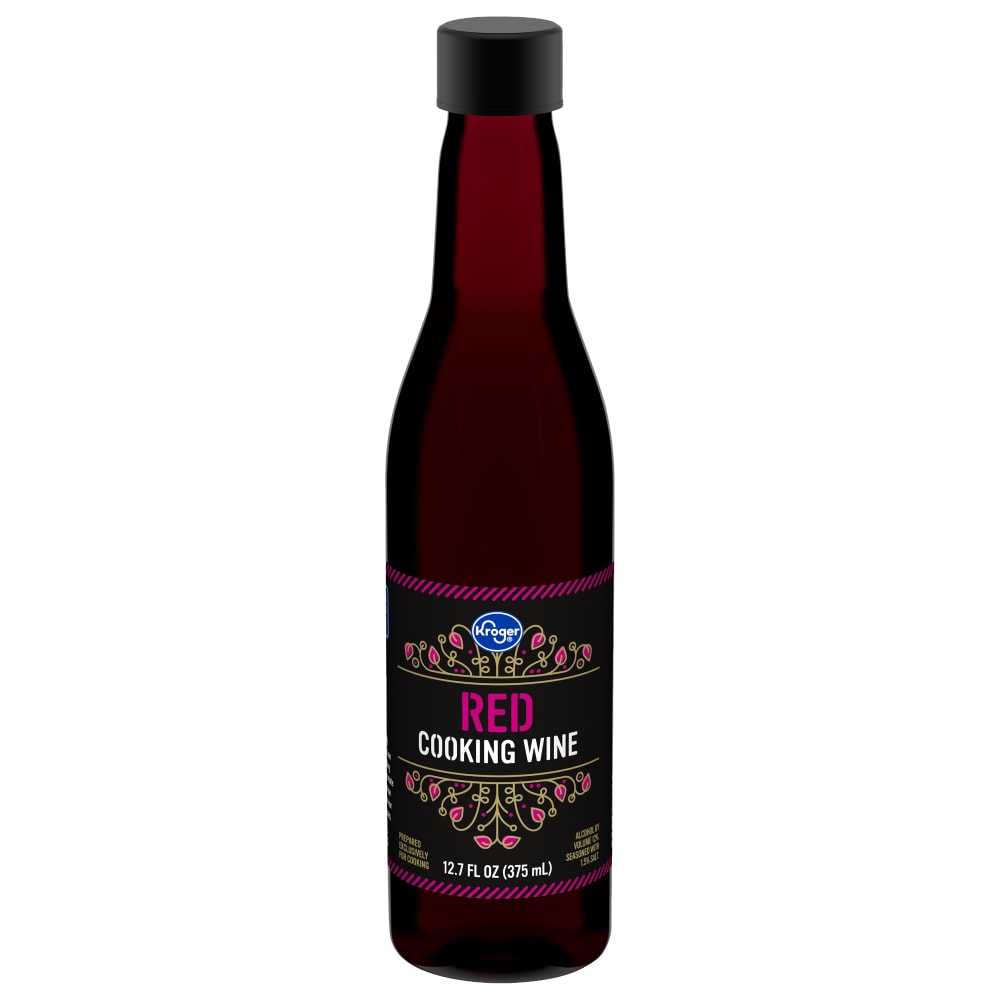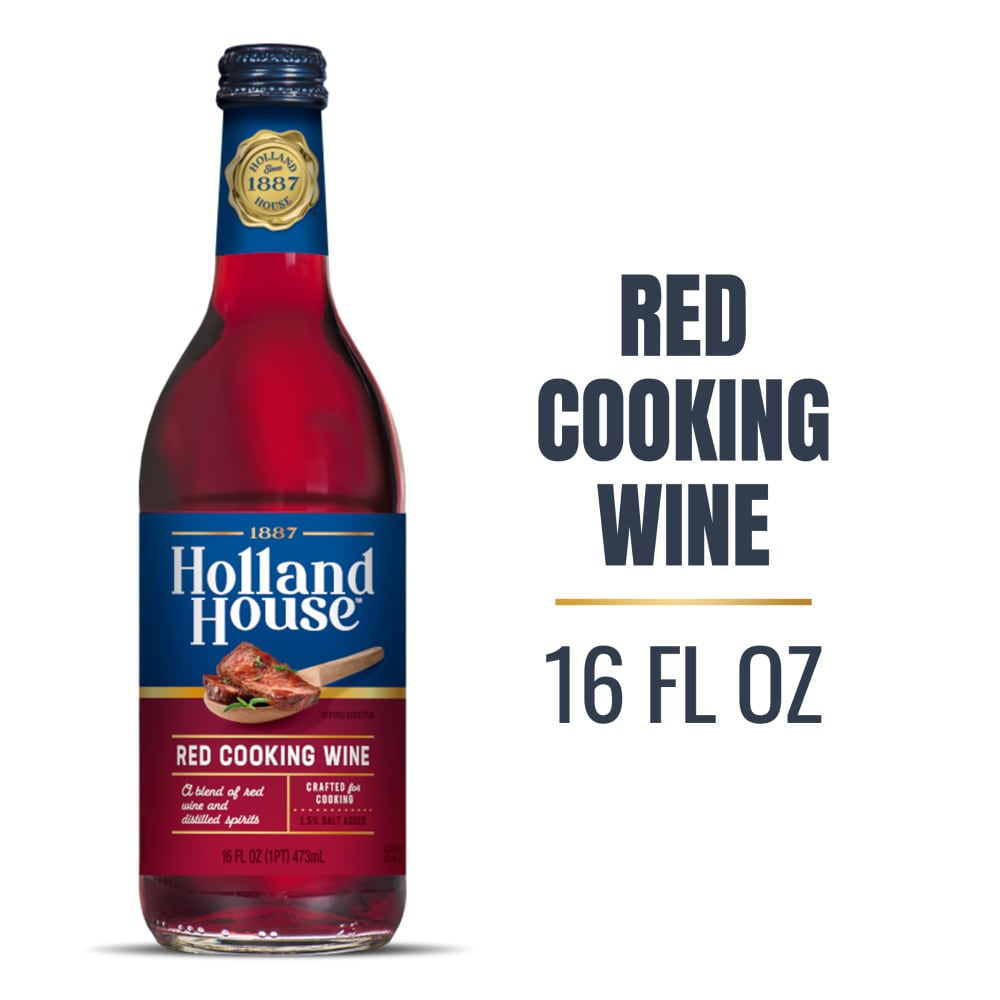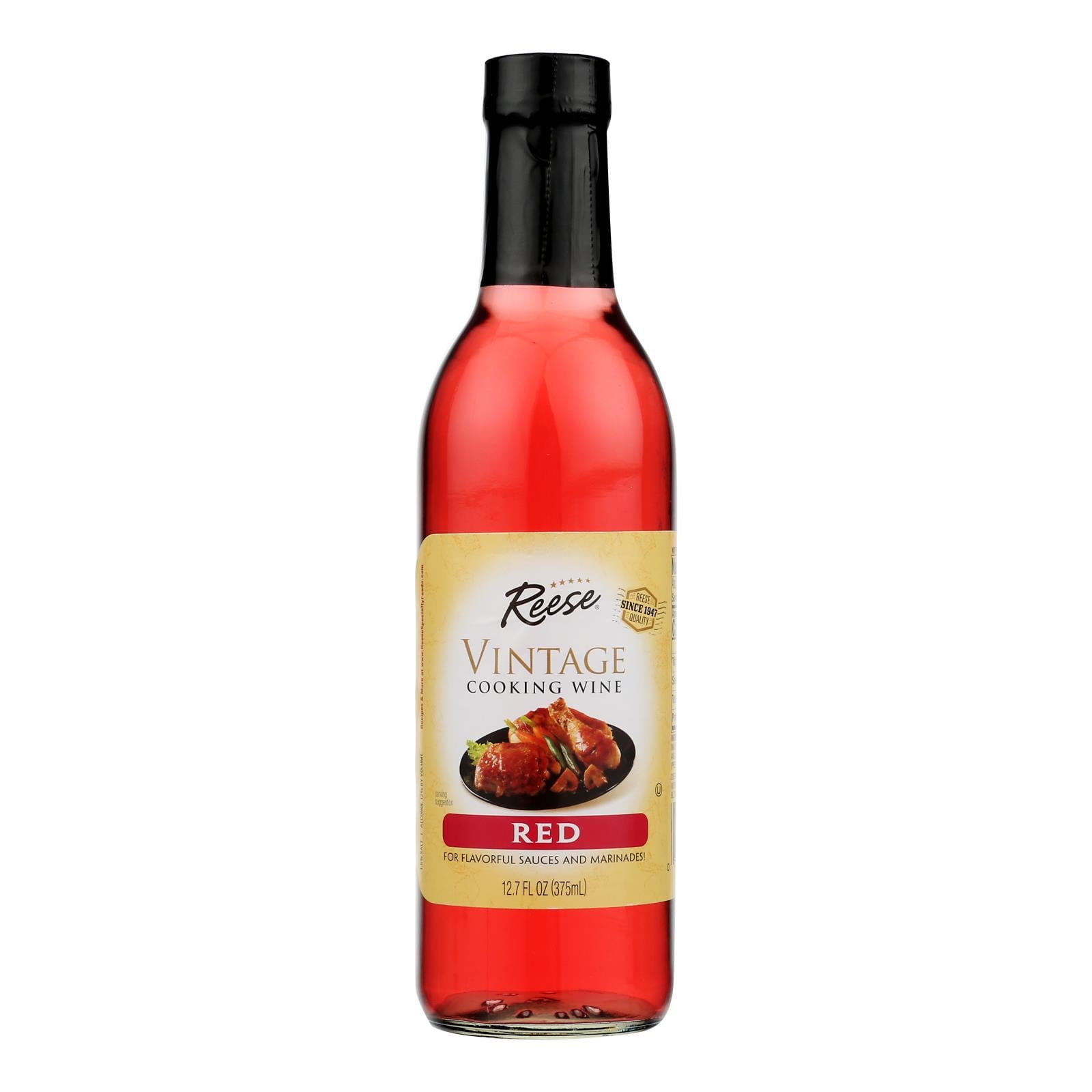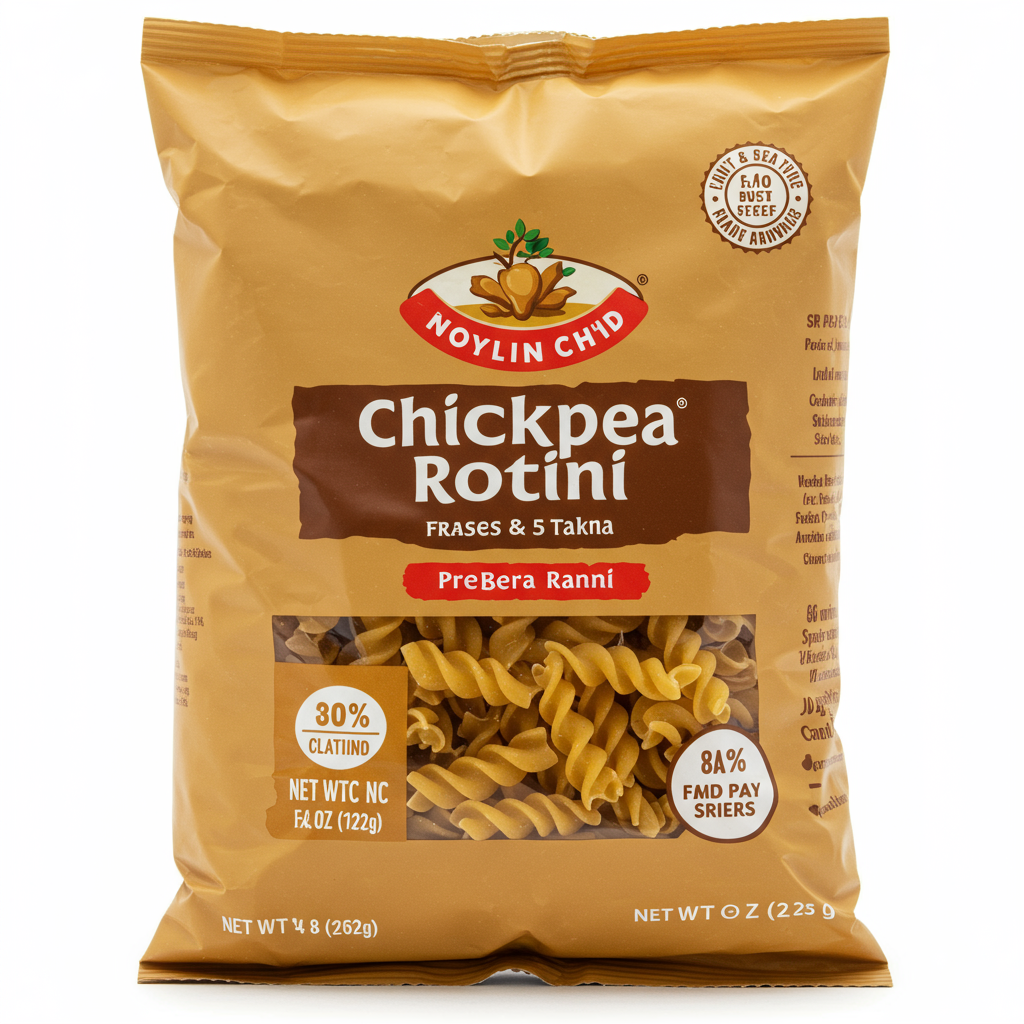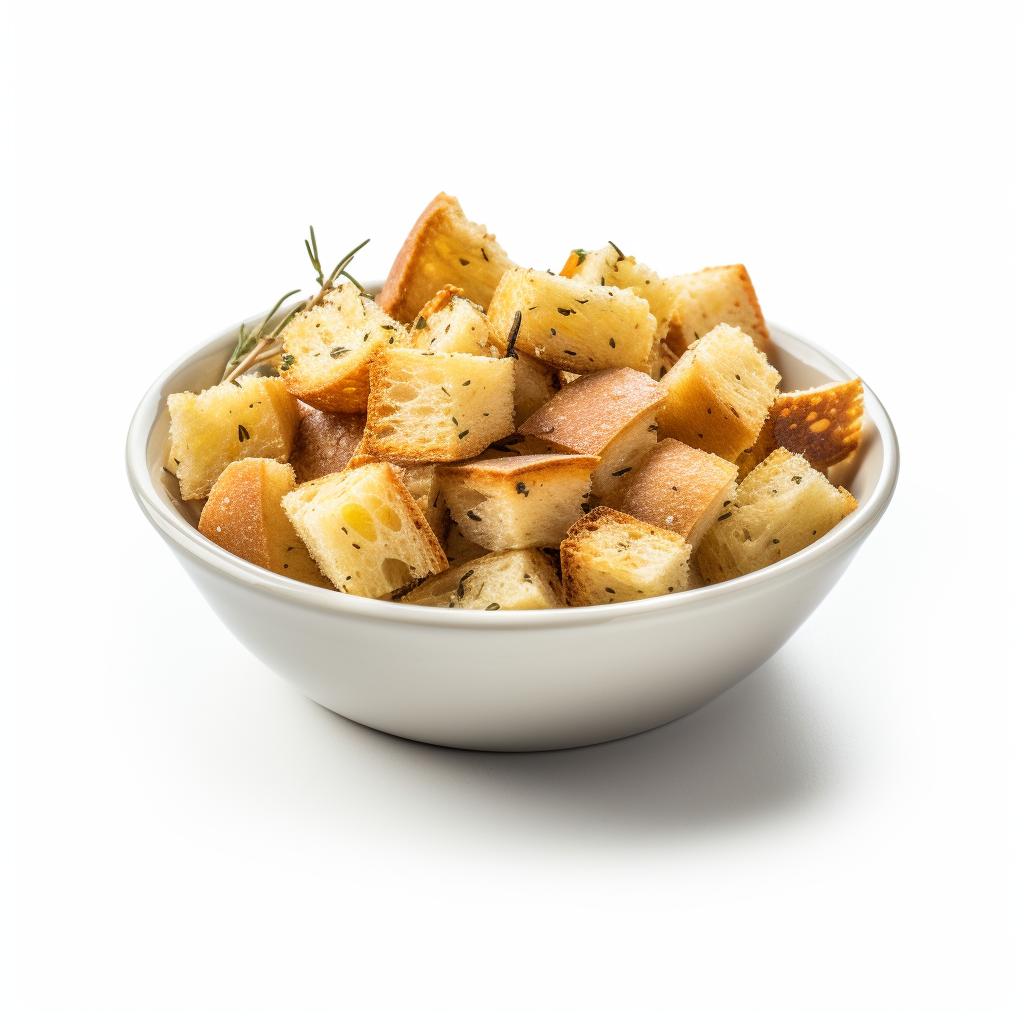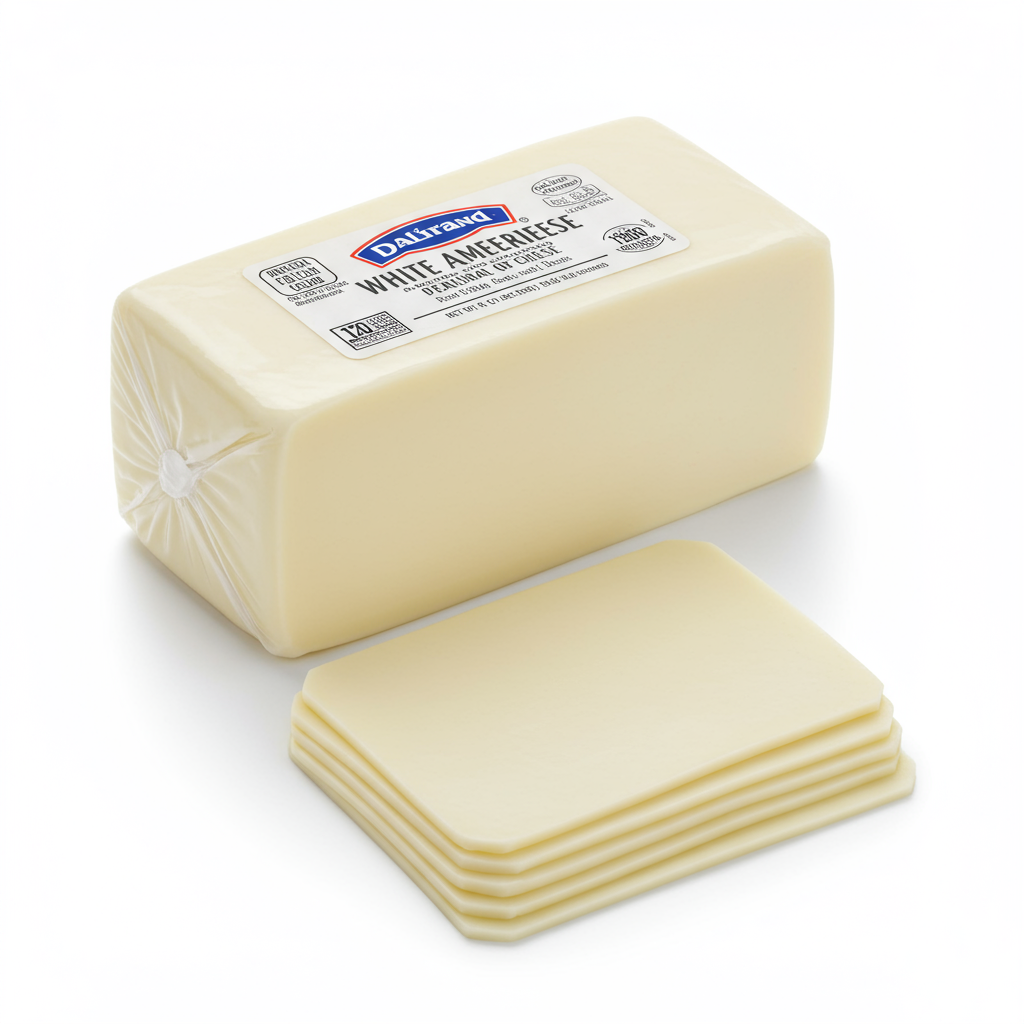MAIN DISHES
SOUPS
SIDE DISHES
Red Cooking Wine
Red cooking wine, a popular ingredient in cooking, is a type of wine specifically made to enhance the flavor of various dishes. It is typically made from lower-quality grapes and may include salt, additional flavors, or other additives to prolong its shelf life. Red cooking wine is a versatile ingredient typically used in recipes like stews, sauces, and marinades, enhancing the taste and adding depth to the flavors.
When using red cooking wine in cooking, it is essential to understand that its primary purpose is to impart flavor, and it should not be consumed as a regular wine. Due to its robust taste, red cooking wine is ideal for slow-cooking methods, as the added heat will allow the alcohol to evaporate, leaving behind a rich taste that complements and elevates the cooked dish.
70 Red Cooking Wine Products
Wegmans Red Cooking Wine
Holland House Red Cooking Wine
Holland House Red Cooking Wine, Ideal for Cooking, Roasting and Marinating
Kedem Red Cooking Wine
Kroger® Red Cooking Wine
Holland House Red Cooking Wine
Goya Cooking Wine Red Wine
Reese Cooking Wine, Red, Vintage
Holland House Cooking Wine Red
Kroger® Red Cooking Wine
Red Cooking Wine Is Frequently Used With
Expiration & Storage Tips
When does red cooking wine expire?
Unopened red cooking wine can last in your pantry for up to two years from the production date. Don't rely entirely on the expired date printed on the packaging since most cooking wine includes added preservatives that extend its shelf life beyond the indicated period. Once open, it should be used within 1-2 months for the best flavor. If you choose to freeze it, it can last up to six months.
How do you tell if red cooking wine is bad?
Spoiled red cooking wine will develop a vinegary smell, lose the vibrant red color, turn brown, and may have a syrupy texture. If it has been exposed to high temperatures, the wine may also taste sour or spoiled. Tiny bubbles or a cloudy appearance in the wine are also signs it has gone bad. It's best to toss the wine if you notice any of these signs and refrain from using it in your dishes to avoid altering your food's flavor.
Tips for storing red cooking wine to extend shelf life
• Store unopened red cooking wine in a cool, dark place like your pantry. Avoid storing near heat sources such as an oven or stove.
• Once opened, seal the bottle tightly and keep it in the refrigerator. The cool temperature will keep the wine fresher for a longer time.
• Avoid leaving the wine at room temperature for long periods after opening, as it can speed up oxidation, leading to a quicker loss of flavor.
• Consider dividing the wine into smaller airtight containers before freezing. That way, you can easily defrost the needed amount without exposing the entire wine to thaw and refreeze cycles. Defrost overnight in the fridge before using.
EXPIRES WITHIN
27 - 27.4
YEARS
Substitutes

Valpolicella Red Wine

Shiraz Red Wine

Malbec Red Wine

Merlot Red Wine

Zinfandel Red Wine

Cabernet Sauvignon Red Wine

Nebbiolo Red Wine

Nero D Avola Red Wine

Petit Verdot Red Wine

Petite Sirah Red Wine
See All
Health Info
Macros
Allowed on these diets
LOW FAT
HIGH CALCIUM
VEGETARIAN
KETO
PALEO
MEDITERRANEAN
LOW CARB
VEGAN
LACTOSE FREE
GLUTEN FREE

